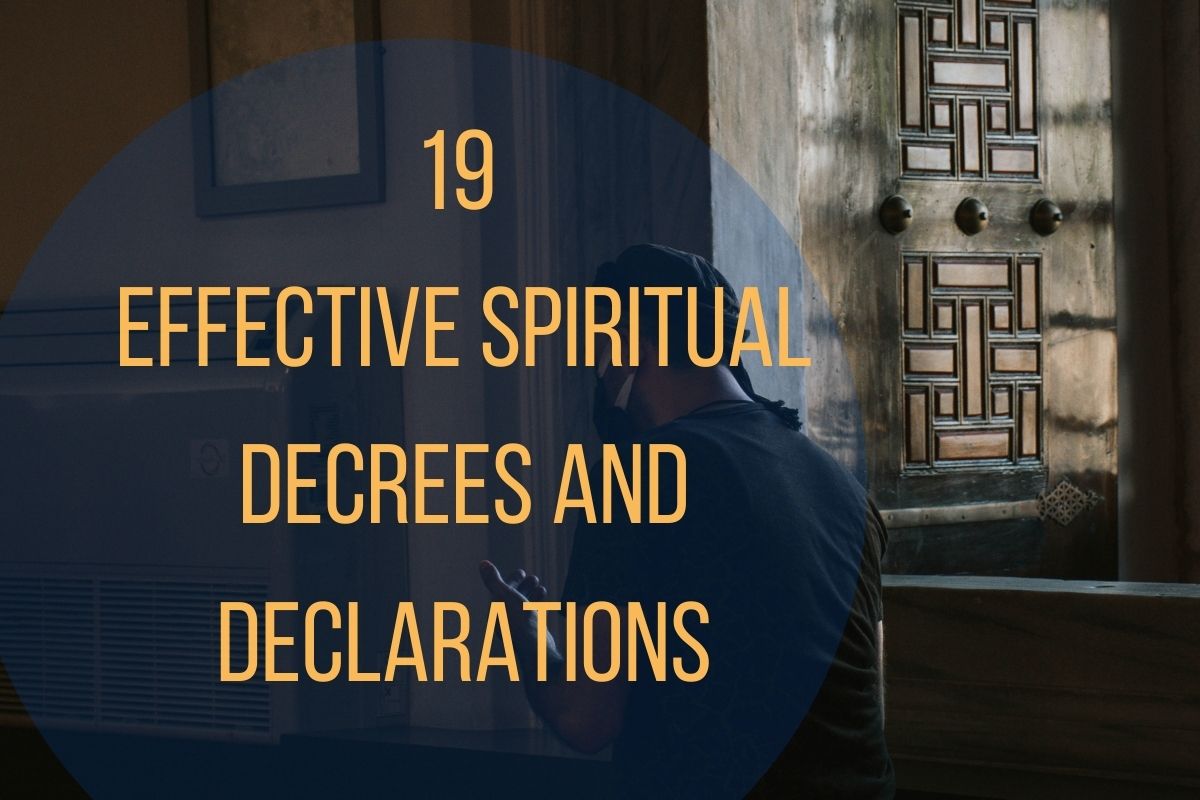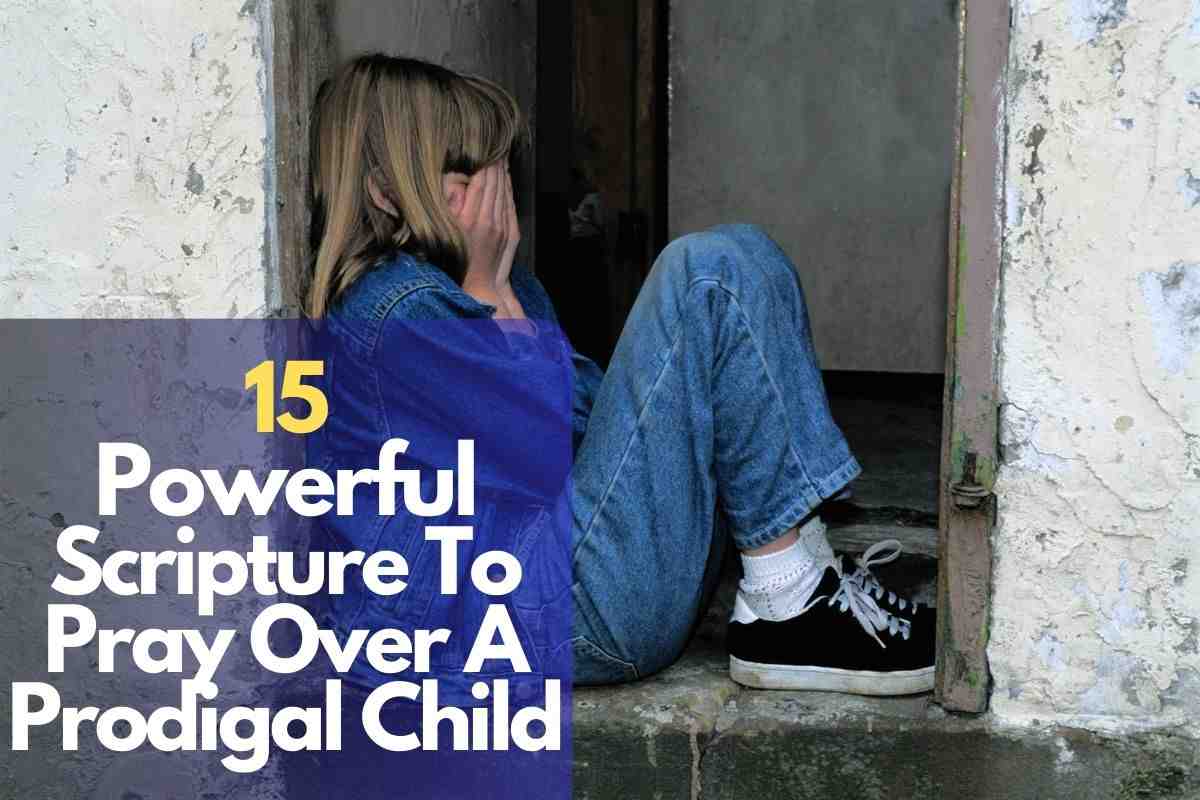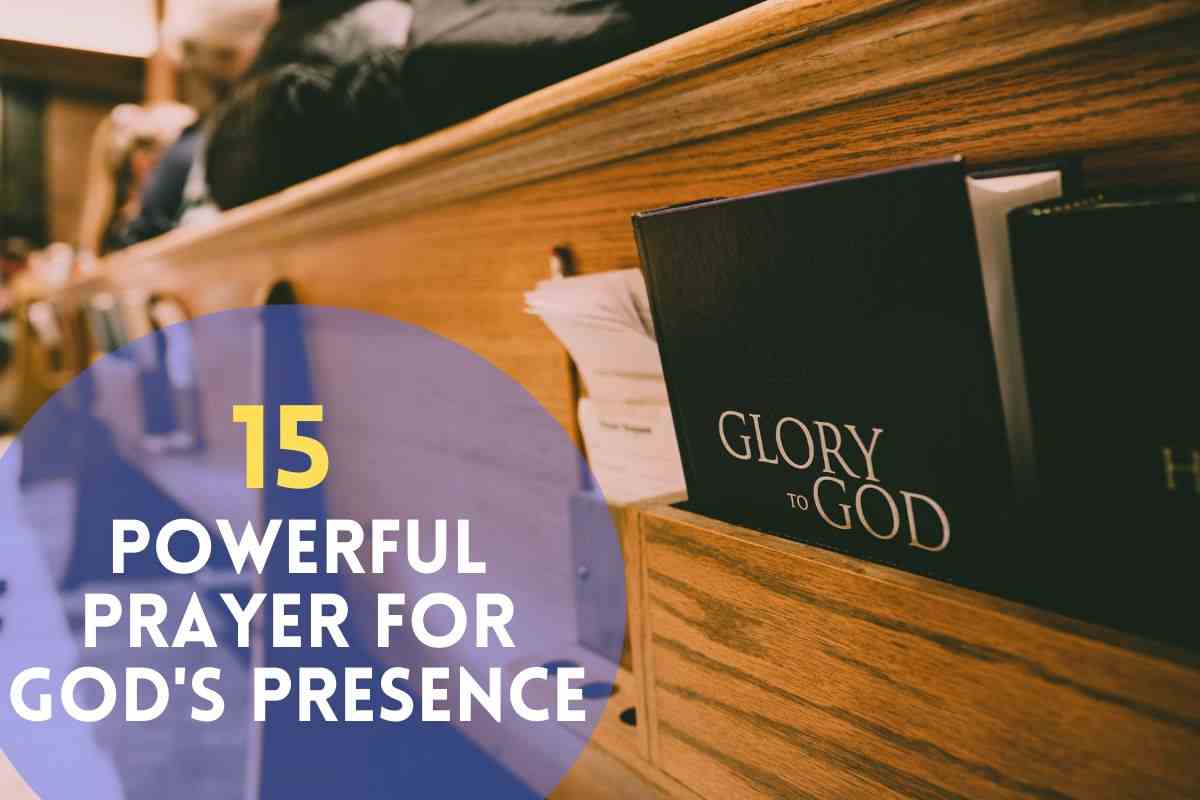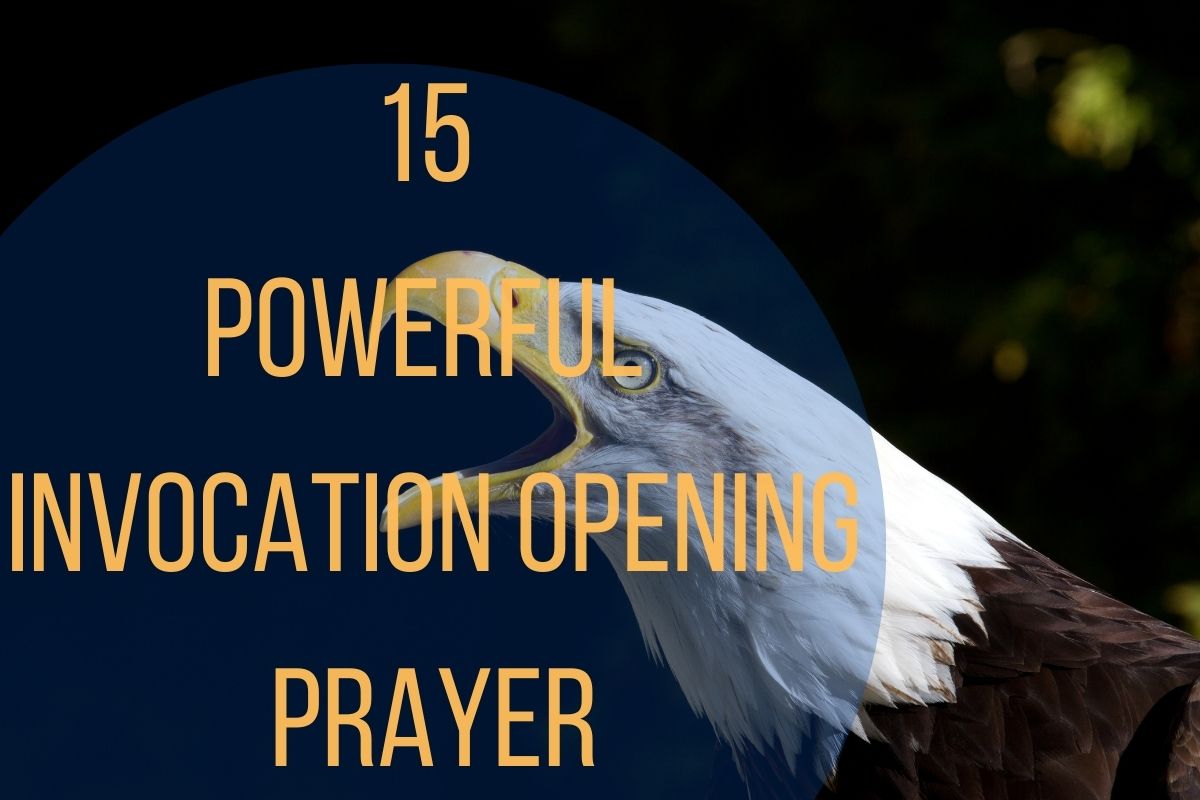Prayer is a deeply personal and spiritual practice for many individuals. The act of praying is a moment of connection with one’s faith, beliefs, and a higher power.
While there are various ways to pray, one common question that often arises is, Can I pray with my eyes open?
In this article, we will explore this question from a spiritual, historical, and practical perspective, while also delving into the role of tradition and the insights from the Bible.
Contents
1. Can I Pray With My Eyes Open?
Prayer is a universal concept, but the specifics of how it is practiced can vary widely among different religions and cultures. One common element of prayer is the closing of one’s eyes as a sign of devotion and concentration. However, the question of whether it’s permissible or even beneficial to pray with one’s eyes open has intrigued many.
2. The Act of Prayer
Prayer is the act of communicating with a higher power, seeking guidance, expressing gratitude, and finding solace in times of need. It is a way for individuals to connect with their faith and inner selves.
3. Historical Context
Throughout history, various religious traditions have had their own customs and rituals related to prayer. Some involve closing one’s eyes to shut out distractions and focus solely on their spiritual connection.
4. Different Beliefs
Different religious denominations and belief systems have varying opinions on whether one should pray with eyes open or closed. Some advocate for closed eyes to enhance concentration, while others view open eyes as a way to connect with the divine through the world around them.
5. The Power of Focus
The choice of whether to pray with eyes open or closed may depend on one’s ability to focus. Some individuals find it easier to concentrate and connect with their faith with their eyes closed, while others feel that open eyes help them stay present and connected to their surroundings.
6. The Role of Tradition
Religious traditions often play a significant role in determining how prayer is performed. These traditions can influence whether individuals pray with their eyes open or closed and are deeply ingrained in their spiritual practice.
The role of tradition in whether you can pray with your eyes open varies depending on your religious or cultural background. Different religious traditions and practices have distinct guidelines regarding the manner in which prayer should be conducted, including whether your eyes should be open or closed. Here are some examples of how tradition influences this aspect of prayer in different religions:
Christianity
In many Christian traditions, it is common to close one’s eyes during prayer to help create a sense of focus and intimacy with God. However, there is no strict rule about keeping your eyes closed, and some Christians do pray with their eyes open, particularly in group settings or when praying for specific purposes.
Islam
In Islam, there are specific guidelines for prayer, and keeping one’s eyes open during the five daily prayers is generally discouraged. During the Islamic ritual prayer (Salat), it is customary to keep the eyes focused on the place of prostration (the prayer rug or the ground). This is seen as a sign of humility and concentration.
Judaism
Jewish prayer customs vary among denominations, but in Orthodox Judaism, it is customary to close the eyes during prayer to foster concentration and connection with God. In other Jewish traditions, like Reform Judaism, practices may vary, and some individuals might pray with their eyes open.
Buddhism
In Buddhism, there are various forms of meditation and prayer, and whether you keep your eyes open or closed may depend on the specific practice. For example, in Zen Buddhism, it is common to meditate with your eyes slightly open and focused on a point on the floor to maintain alertness.
Hinduism
Hindu prayer practices are diverse, and whether you keep your eyes open or closed during prayer can depend on personal preference, the specific deity being worshipped, and the particular ritual being performed.
Sikhism
Sikhs typically pray with their eyes open, particularly when reading or reciting from the Guru Granth Sahib, their holy scripture. The Guru Granth Sahib is meant to be read with full attention, and keeping the eyes open is a way to show respect and attentiveness.
Ultimately, the role of tradition in whether you can pray with your eyes open is closely tied to the specific customs and beliefs of your faith. It’s essential to understand the practices and guidelines within your religious tradition and, if in doubt, seek guidance from a knowledgeable religious leader or clergy member. Personal choice and comfort also play a significant role in how individuals approach prayer, and these choices may vary even within the same religious tradition.
7. Practical Benefits
Praying with eyes open can have practical benefits, especially when engaged in group prayers or when in situations that require vigilance, such as while driving or walking. It can be seen as a way to merge spiritual devotion with the demands of daily life.
8. Bible Verses
The Bible provides valuable insights into the act of prayer. Several verses emphasize the importance of sincerity, humility, and faith when praying. The choice of whether to pray with eyes open or closed is a personal one, as long as it aligns with these principles.
9. Addressing Concerns
Some individuals may have concerns about the appropriateness of praying with eyes open. These concerns can range from a lack of concentration to a feeling of disrespect. It’s essential to address and understand these concerns while making a personal choice.
10. Personal Choice
Ultimately, the decision of whether to pray with your eyes open or closed is a highly personal one. It should align with your beliefs, traditions, and the way in which you feel the most connected to your faith. There is no one-size-fits-all answer.
Conclusion
The conclusion regarding whether to pray with your eyes open or closed ultimately revolves around the individual’s personal preferences and the myriad factors that influence this decision. It is essential to recognize that the practice of praying with open or closed eyes is a highly personal choice and that it can be influenced by several significant factors, including one’s faith, traditions, and practical considerations.
One of the most influential aspects in making this decision is an individual’s faith. Different religious traditions and denominations may have their own guidelines or recommendations regarding the position of one’s eyes during prayer. For example, in some faiths, keeping the eyes closed during prayer might symbolize an inward focus and deeper connection with the divine, while in others, keeping the eyes open may signify alertness and a connection with the world around. These religious teachings and practices can profoundly impact the way one chooses to pray.
Personal preference, too, has a considerable say in whether one prays with eyes open or closed. Some people may simply find it more comfortable or natural to pray with their eyes closed, while others might prefer to keep them open. This preference is often informed by a person’s own spiritual experiences and what makes them feel most connected to their higher power.
Frequently Asked Questions (FAQs)
1. Is praying with open eyes considered disrespectful in some cultures?
-While open-eyed prayer is accepted in many cultures, it may be perceived as disrespectful in some, depending on local customs and beliefs.
2. Can I switch between open-eyed and closed-eyed prayer based on my mood or circumstances?
-Yes, many individuals find flexibility in their prayer practices, switching between open and closed eyes as the situation and their spiritual needs dictate.
3. How can I maintain focus and avoid distractions when praying with open eyes?
– Strategies such as finding a quiet environment, using focal points, or incorporating mindfulness techniques can help maintain focus during open-eyed prayer.







